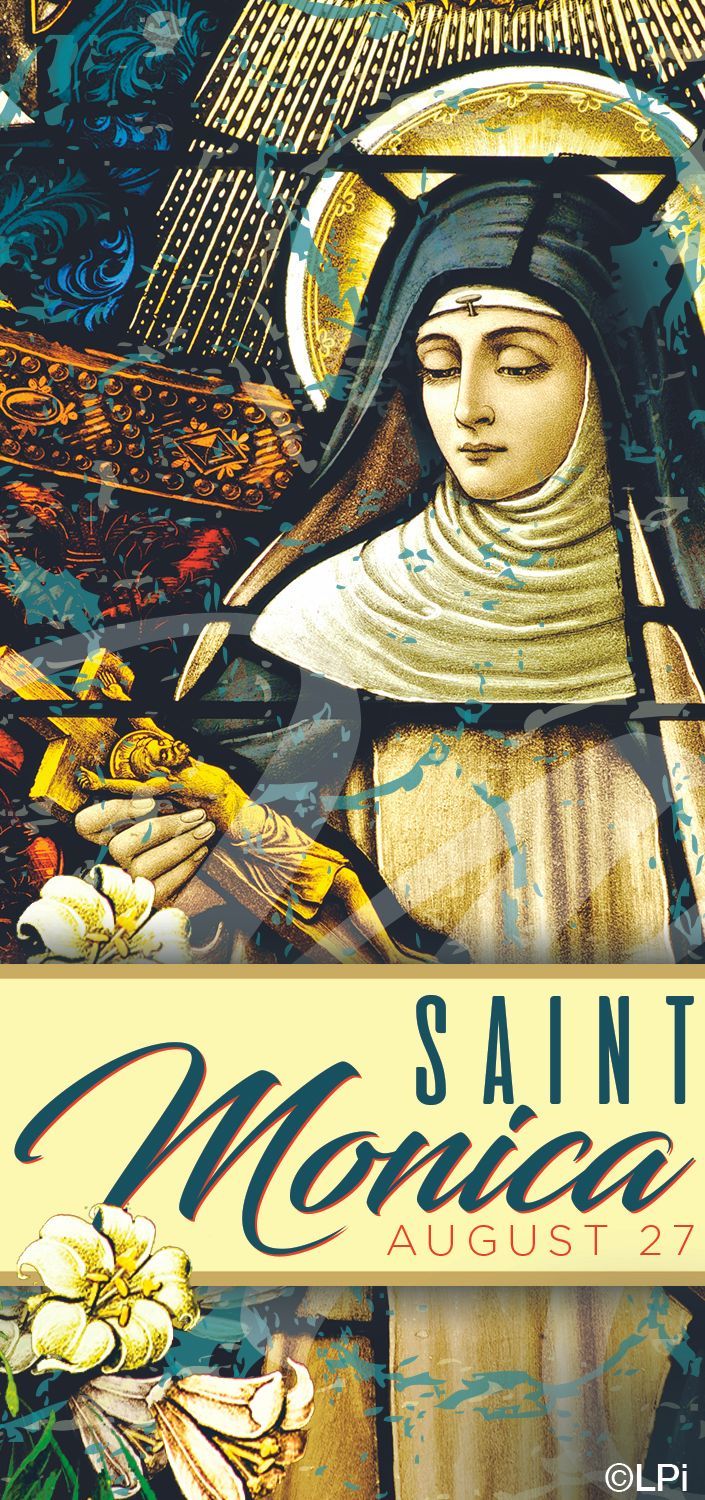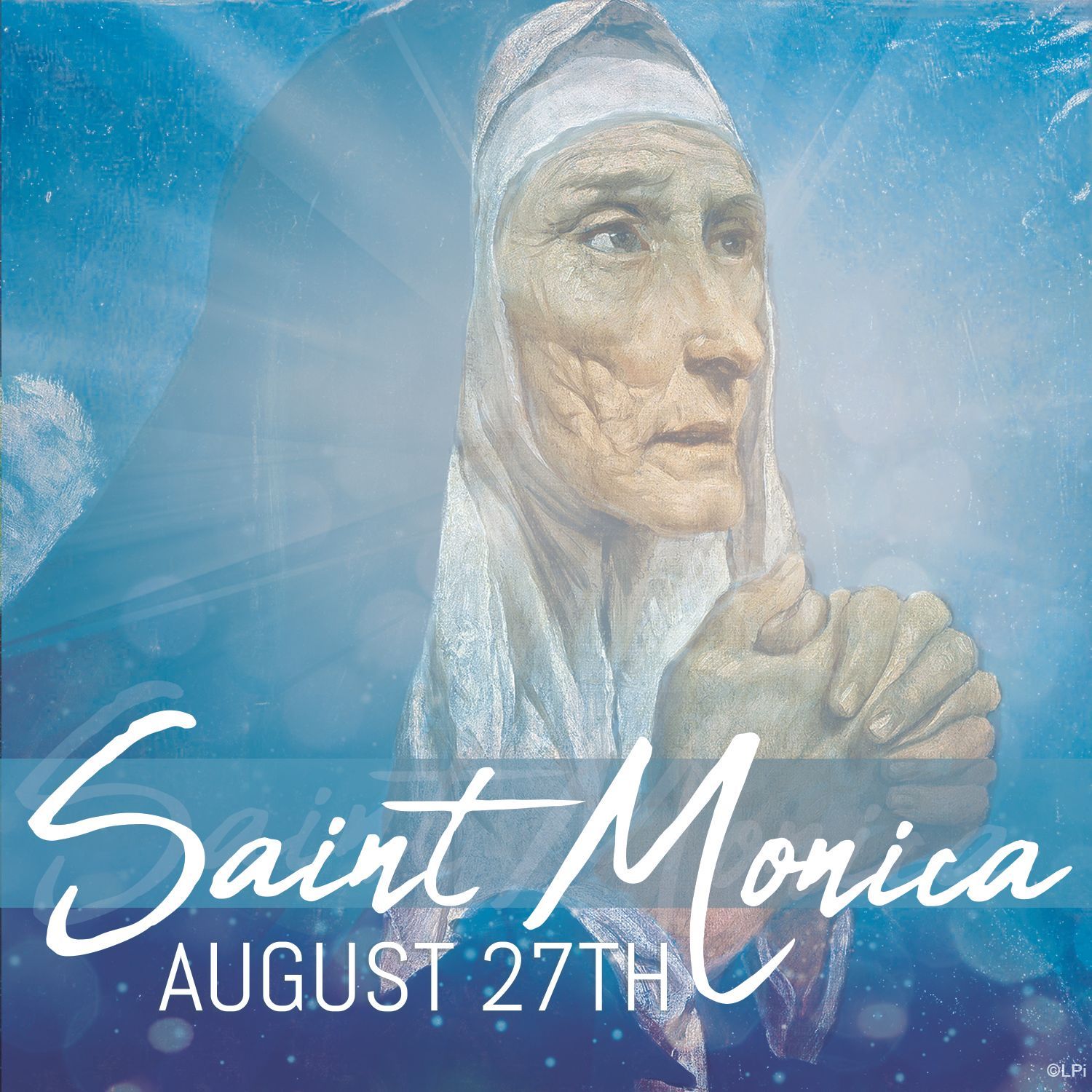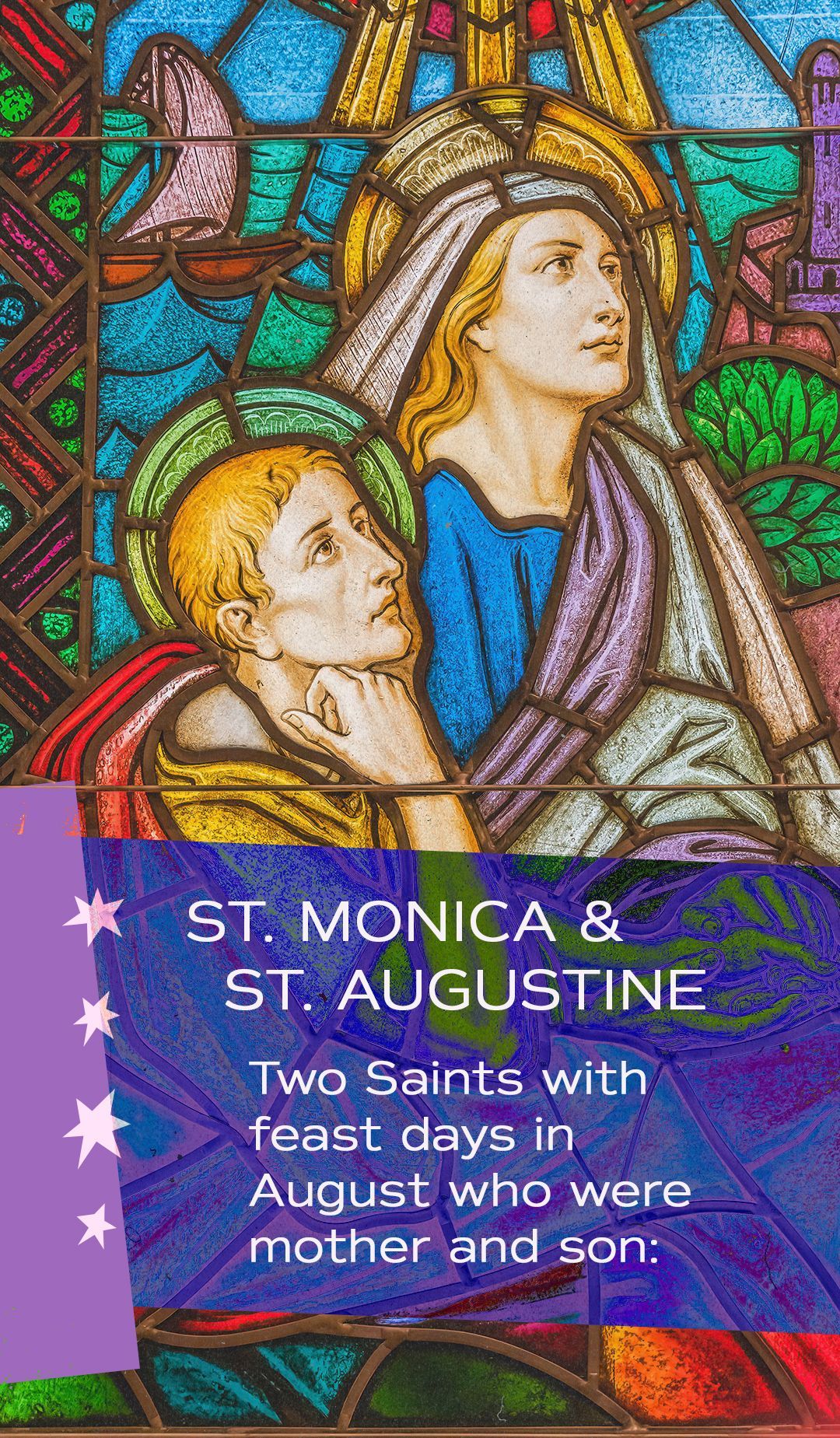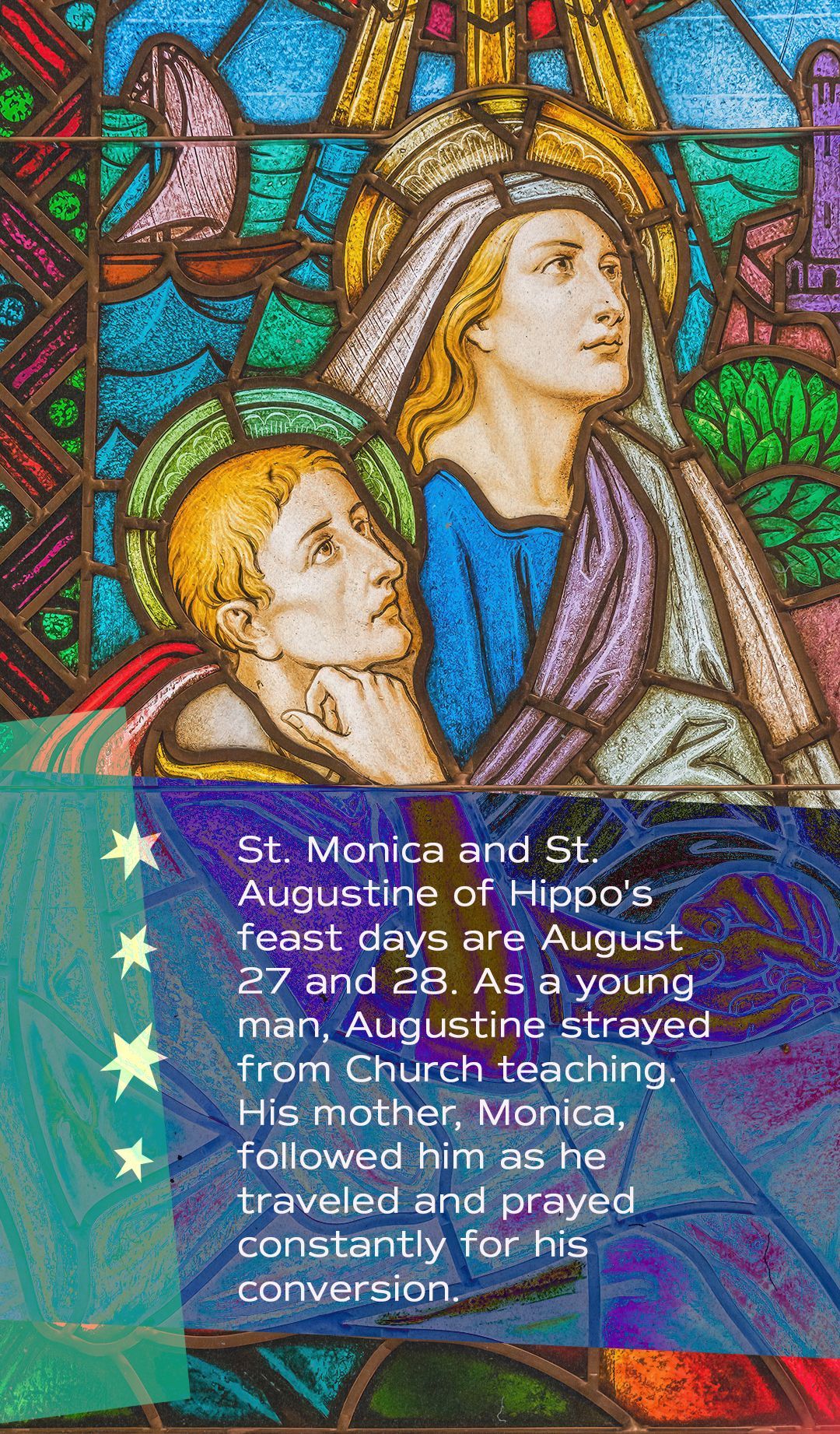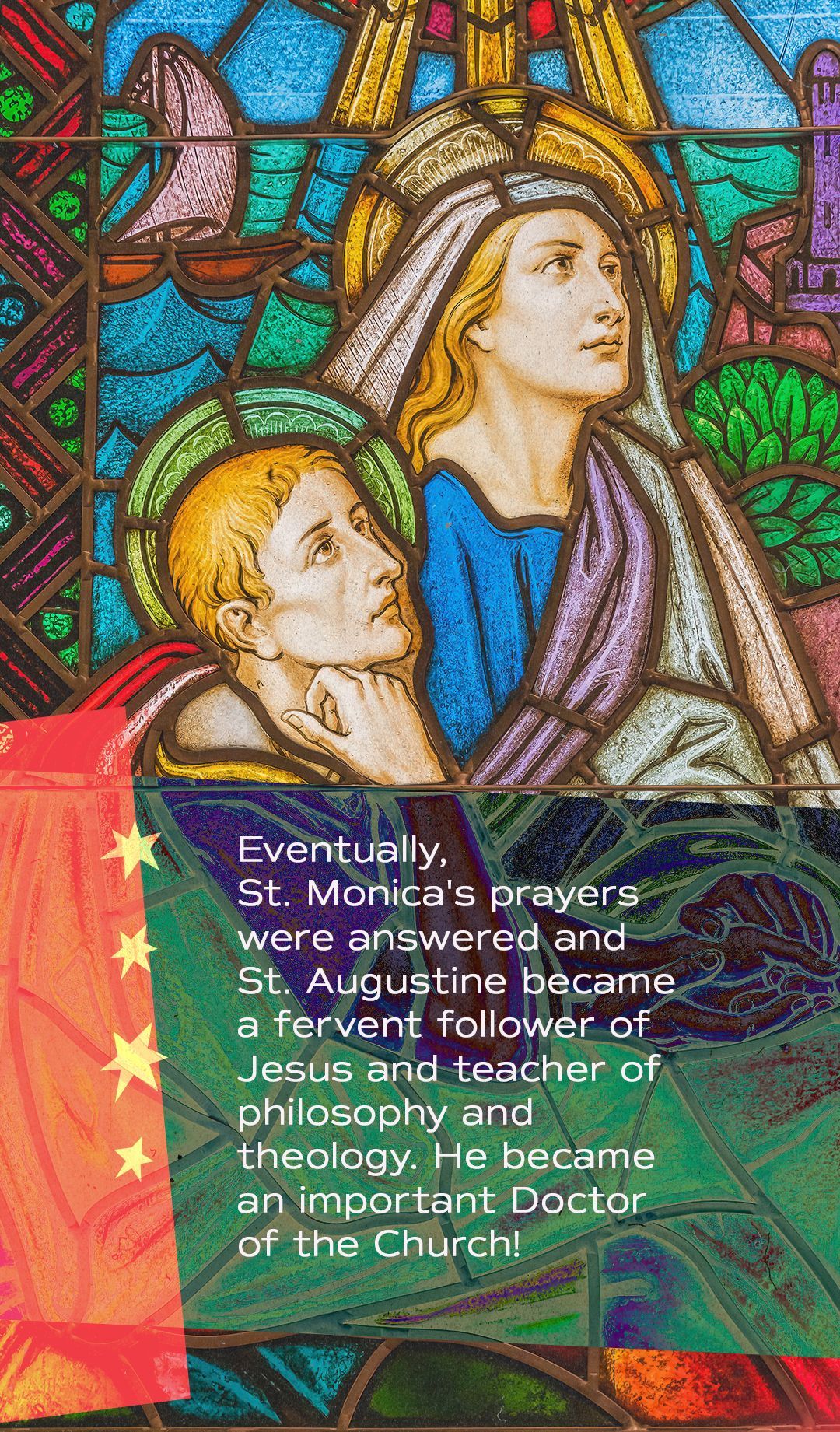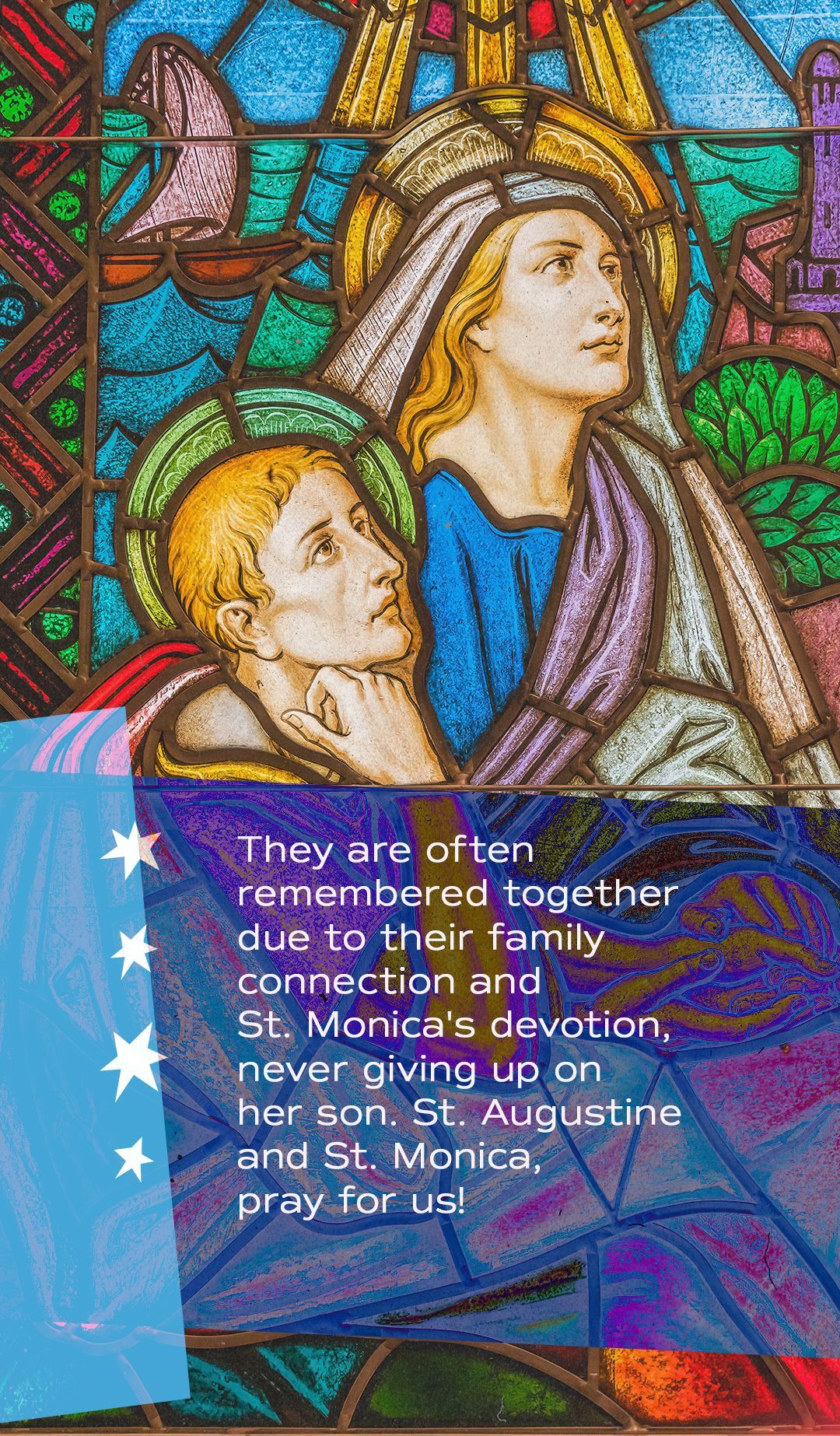Our Saints
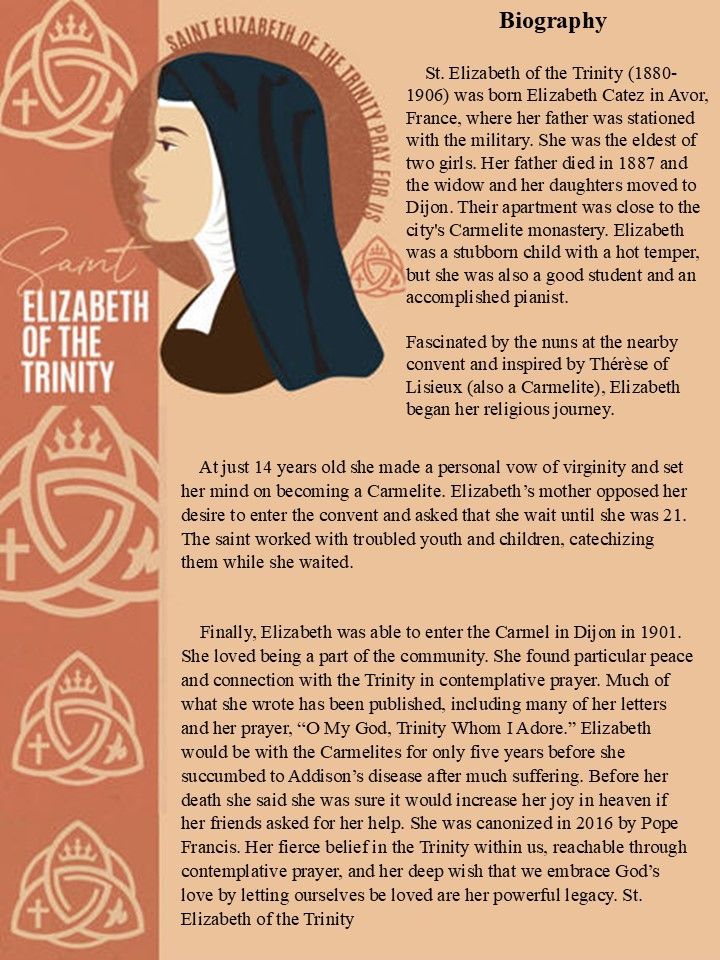

Saint Barnabas | June 11
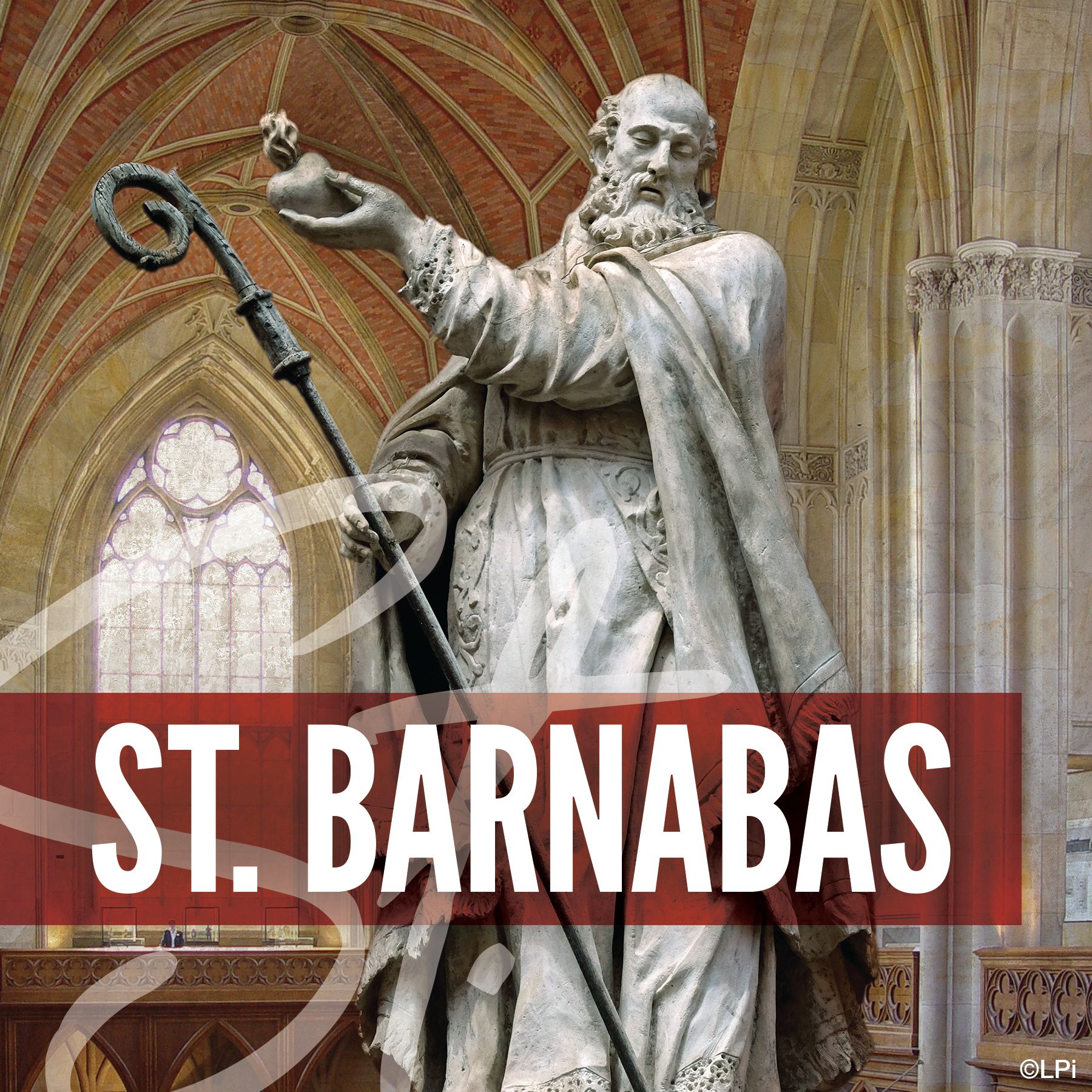
Catholics celebrate the memory of St. Barnabas on June 11. The apostle and missionary was among Christ's earliest followers and was responsible for welcoming St. Paul into the Church. Though not one of the 12 apostles chosen by the Lord, Jesus, he is traditionally regarded as one of the 72 disciples of Christ and most respected man in the first century Church after the Apostles themselves.
St. Barnabas was born to wealthy Jewish parents on the Greek-speaking island of Cyprus, probably around the time of Christ's own birth. Traditional accounts hold that his parents sent him to study in Jerusalem, where he studied at the school of Gamaliel (who also taught St. Paul). Later on, when Christ's public ministry began, Barnabas may have been among those who heard him preach in person. At some point, either during Christ's ministry or after his death and resurrection, Barnabas decided to commit himself in the most radical way to the teachings he had received. He sold the large estate he had inherited, contributed the proceeds entirely to the Church, and joined Christ's other apostles in holding all of their possessions in common. Saul of Tarsus, the future St. Paul, approached Barnabas after the miraculous events surrounding his conversion, and was first introduced to St. Peter through him. About five years later, Barnabas and Paul spent a year in Antioch, building up the Church community whose members were the first to go by the name of “Christians.” Both Paul and Barnabas received a calling from God to become the “Apostles of the Gentiles,” although the title is more often associated with St. Paul. The reference to the “laying-on of hands” in Acts, chapter 13, suggests that Paul and Barnabas may have been consecrated as bishops on this occasion.
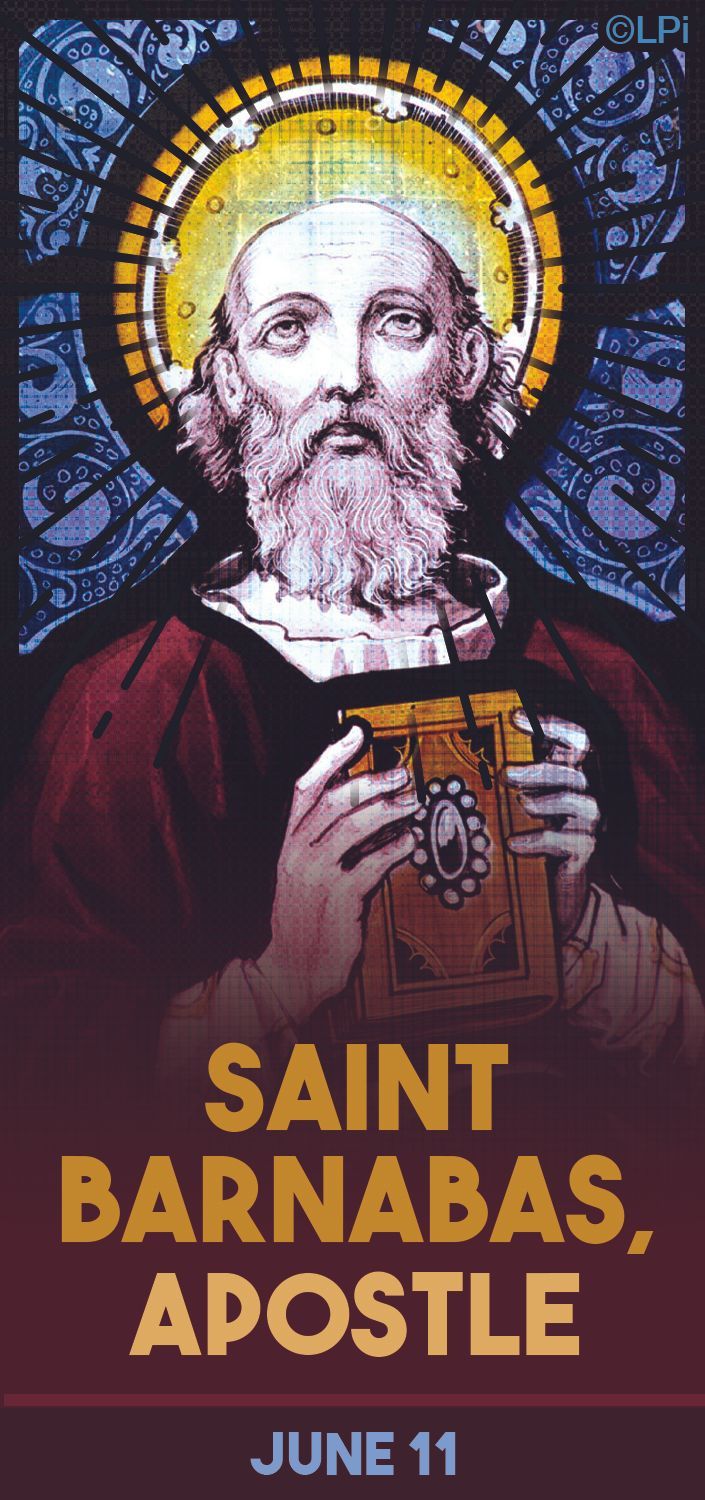
Mother and Son, St. Monica and St. Augustine
August 27th and 28th
Holiness Runs in the Family
Raising faithful children is no easy task. For St. Monica, it seemed nearly impossible. Her husband wasn’t Christian and often mocked her faith. Their son, Augustine, fell quickly into wild ways. He and his friends drank, stole, and caroused throughout town. Monica never stopped praying for Augustine, no matter how far he strayed. Augustine became swept up in heresy, a false form of Christianity. He lived with a mistress and had a child out of wedlock. All the while, Monica kept praying. Conversion came slowly to Augustine, but at age 32, he was finally baptized. Augustine would go on to become a priest, then bishop, then world-renowned theologian whose works have stood the test of time. May St. Monica and St. Augustine inspire us to never stop praying for our loved ones.
Saint Augustine | August 28
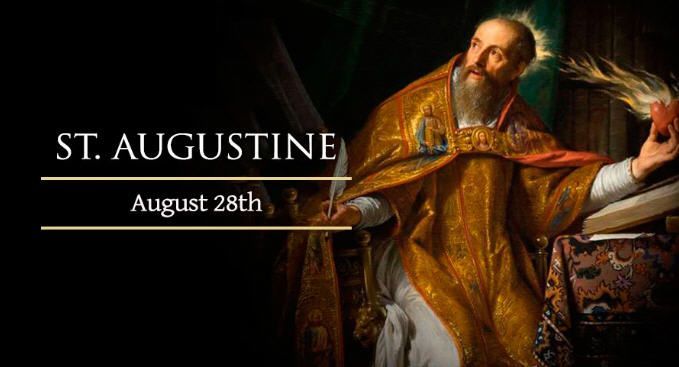
Today, August 28, the Church honors St. Augustine. St. Augustine was born at the town of Thagaste (now Souk-Ahras in modern day Algeria) on November 13, 354 and grew to become one the most significant and influential thinkers in the history of the Catholic Church. His teachings were the foundation of Christian doctrine for a millennium.
The story of his life, up until his conversion, is written in the autobiographical Confessions, the most intimate and well-known glimpse into an individual's soul ever written, as well as a fascinating philosophical, theological, mystical, poetic and literary work.
Augustine, though being brought up in early childhood as a Christian, lived a dissolute life of revelry and sin, and soon drifted away from the Church - thinking that he wasn't necessarily leaving Christ, of whose name he acknowledges "I kept it in the recesses of my heart; and all that presented itself to me without that Divine name, though it might be elegant, well written, and even replete with truth, did not altogether carry me away" (Confessions, I, iv).
He went to study in Carthage and became well-known in the city for his brilliant mind and rhetorical skills and sought a career as an orator or lawyer. But he also discovered and fell in love with philosophy at the age of 19, a love he pursued with great vehemence.
He was attracted to Manichaeanism at this time, after its devotees had promised him that they had scientific answers to the mystery of nature, could disprove the Scriptures, and could explain the problem of evil. Augustine became a follower for nine years, learning all there was to learn in it before rejecting it as incoherent and fraudulent.
He went to Rome and then Milan in 386 where he met Saint Ambrose, the bishop and Doctor of the Church, whose sermons inspired him to look for the truth he had always sought in the faith he had rejected. He received baptism and soon after, his mother, Saint Monica, died with the knowledge that all she had hoped for in this world had been fulfilled.
He returned to Africa, to his hometown of Tagaste, "having now cast off from himself the cares of the world, he lived for God with those who accompanied him, in fasting, prayers, and good works, meditating on the law of the Lord by day and by night."
On a visit to Hippo he was proclaimed priest and then bishop against his will. He later accepted it as the will of God and spent the rest of his life as the pastor of the North African town, where he spent much time refuting the writings of heretics.
Augustine also wrote, The City of God, against the pagans who charged that the fall of the Roman empire, which was taking place at the hands of the Vandals, was due to the spread of Christianity.
On August 28, 430, as Hippo was under siege by the Vandals, Augustine died, at the age of 76. His legacy continues to deeply shape the face of the Church to this day.
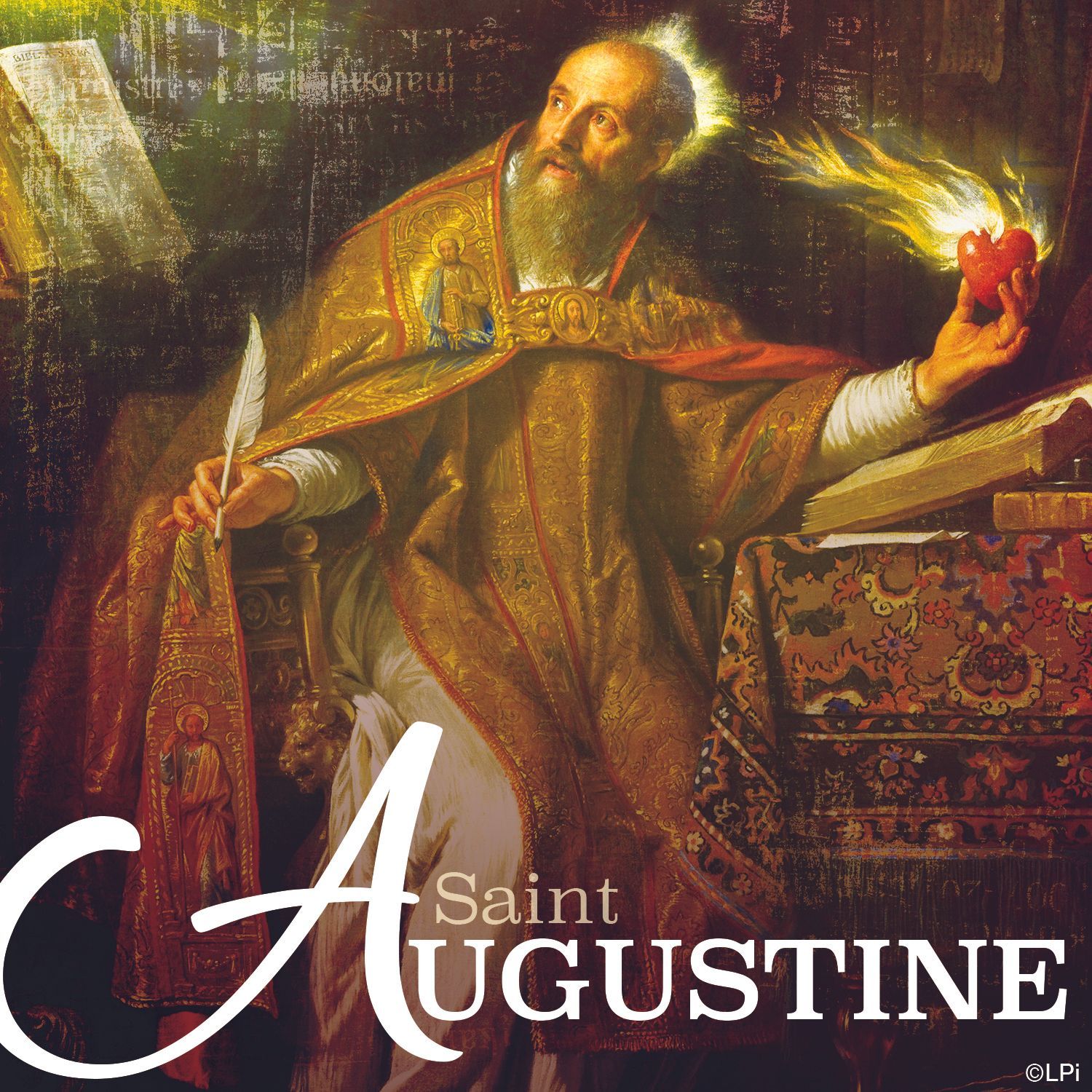

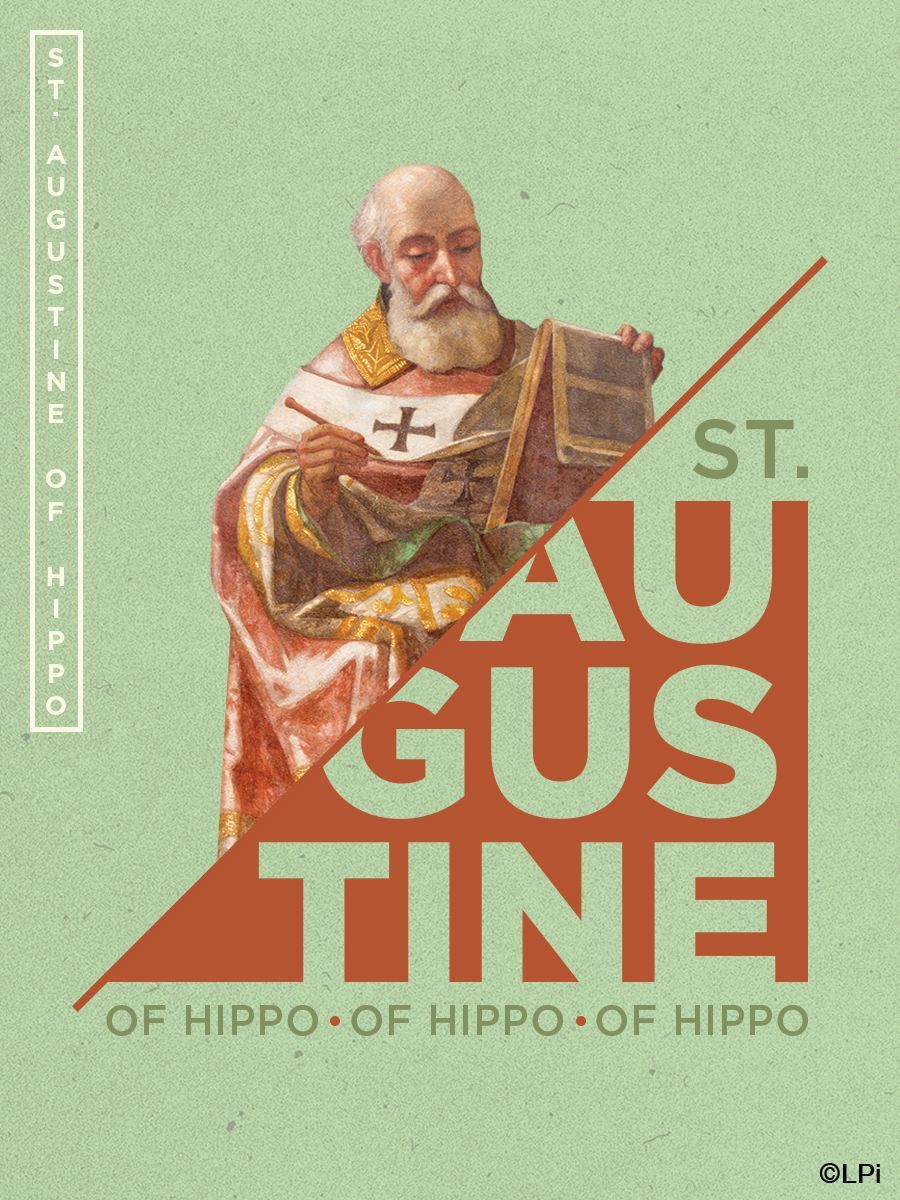
Saint Monica | August 27
On Aug. 27, one day before the feast of her son St. Augustine, the Catholic Church honors St. Monica, whose holy example and fervent intercession led to one of the most dramatic conversions in Church history.
Monica was born into a Catholic family in 332 in the north African city of Tagaste, located in present-day Algeria. She was raised by a maidservant who taught her the virtues of obedience and temperance. While still relatively young, she married Patricius, a Roman civil servant with a bad temper and a disdain for his wife’s religion.
Patricius’ wife dealt patiently with his distressing behavior, which included infidelity to their marriage vows. But she experienced a greater grief when he would not allow their three children — Augustine, Nagivius, and Perpetua — to be baptized. When Augustine, the oldest, became sick and was in danger of death, Patricius gave consent for his baptism but withdrew it when he recovered.
Monica’s long-suffering patience and prayers eventually helped Patricius to see the error of his ways, and he was baptized into the Church one year before his death in 371. Her oldest son, however, soon embraced a way of life that brought her further grief. He fathered a child out of wedlock in 372 and a year later began to practice Manichaeism, a religion founded in the third century by the Parthian prophet Mani.
In her distress and grief, Monica initially shunned her oldest son. However, she experienced a mysterious dream that strengthened her hope for Augustine’s soul in which a messenger assured her: “Your son is with you.” After this experience, which took place around 377, she allowed him back into her home and continued to beg God for his conversion.
This would not take place for another nine years, however. In the meantime, Monica sought the advice of local clergy, wondering what they might do to persuade her son away from the Manichean heresy. One bishop, who had once belonged to that sect himself, assured Monica that it was “impossible that the son of such tears should perish.”
These tears and prayers intensified when Augustine, at age 29, abandoned Monica without warning as she passed the night praying in a chapel. Without saying goodbye to his mother, Augustine boarded a ship bound for Rome. Yet even this painful event would serve God’s greater purpose, as Augustine left to become a teacher in the place where he was destined to become a Catholic.
Under the influence of the saintly Bishop Ambrose of Milan, Augustine renounced the teaching of the Manichees around 384. Monica followed her son to Milan and drew encouragement from his growing interest in Ambrose’s preaching. After three years of struggle against his desires and perplexities, Augustine succumbed to God’s grace and was baptized in 387.
Shortly before her death, Monica shared a profound mystical experience of God with Augustine, who chronicled the event in his “Confessions.” Finally, she told him: “Son, for myself I have no longer any pleasure in anything in this life. Now that my hopes in this world are satisfied, I do not know what more I want here or why I am here.”
“The only thing I ask of you both,” she told Augustine and his brother Nagivius, “is that you make remembrance of me at the altar of the Lord wherever you are.”
St. Monica died at the age of 56 in the year 387. In modern times, she has become the inspiration for the St. Monica Sodality, which encourages prayer an
